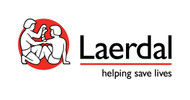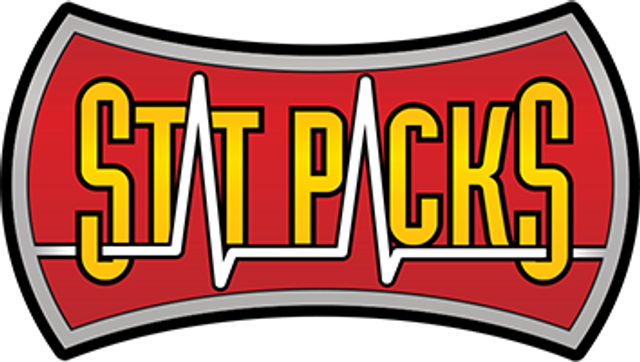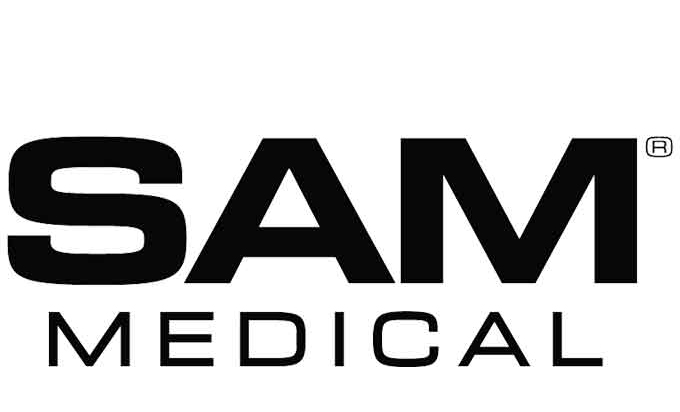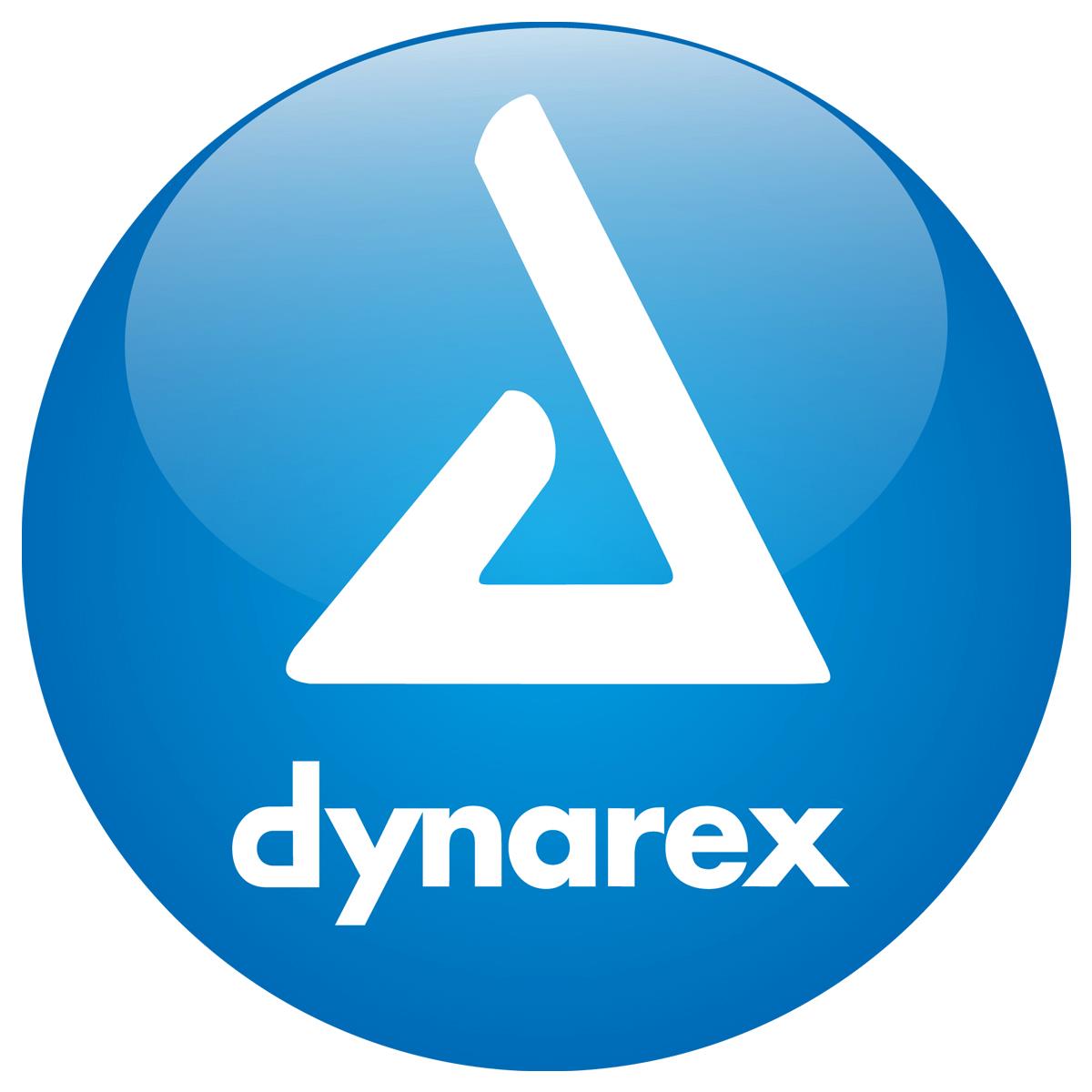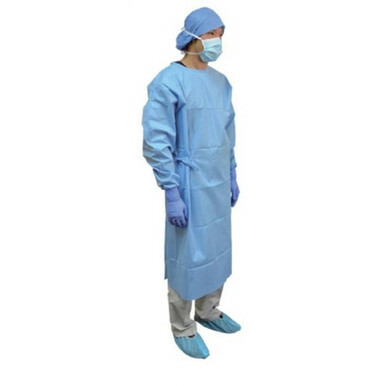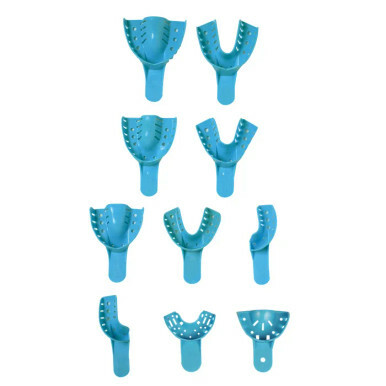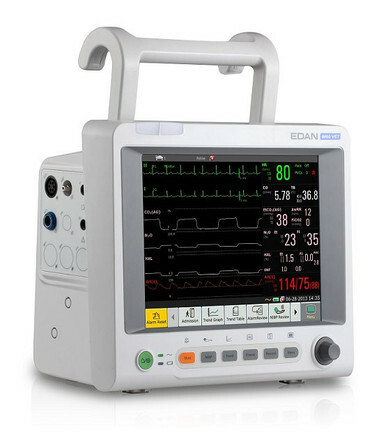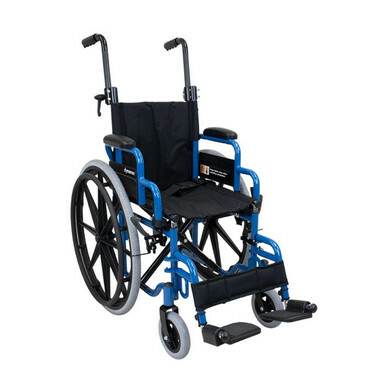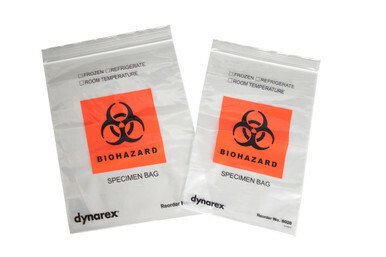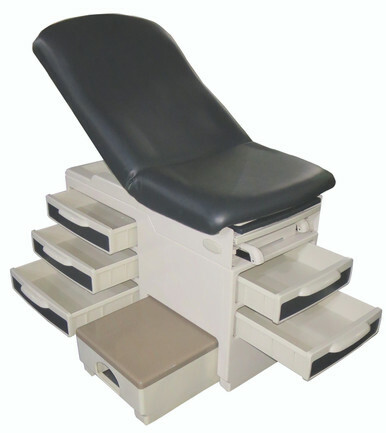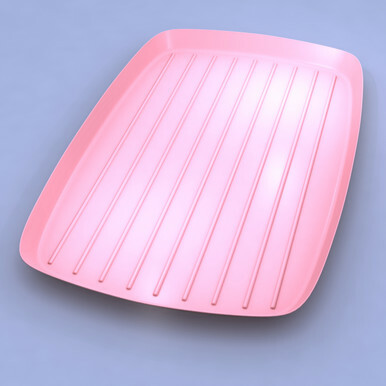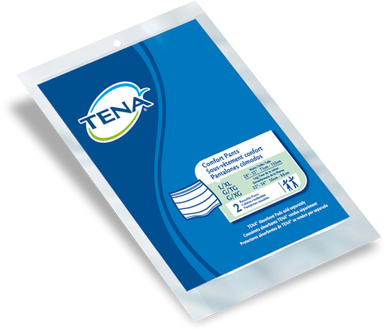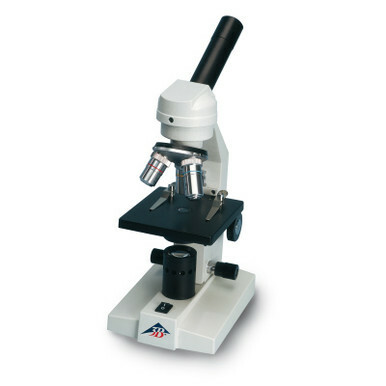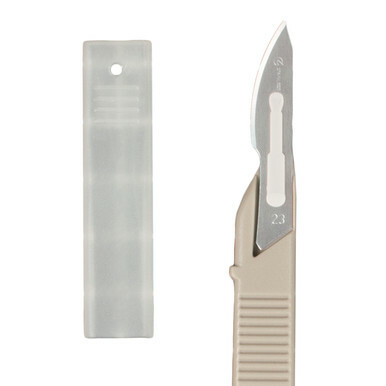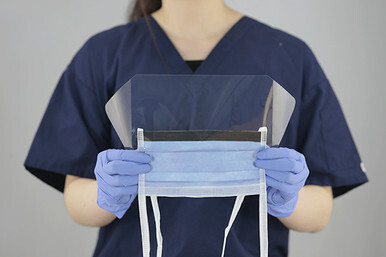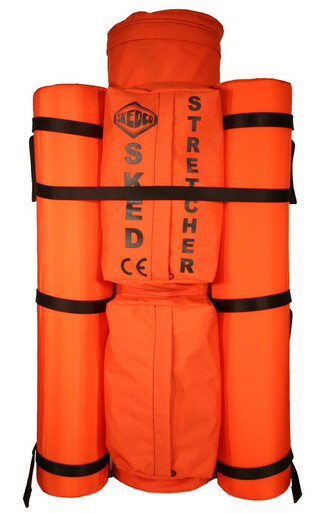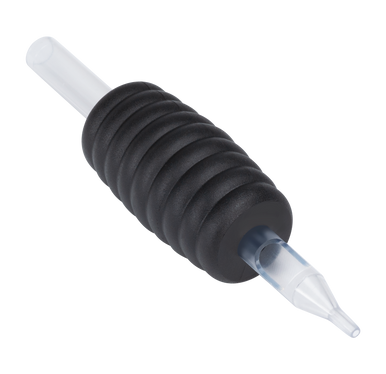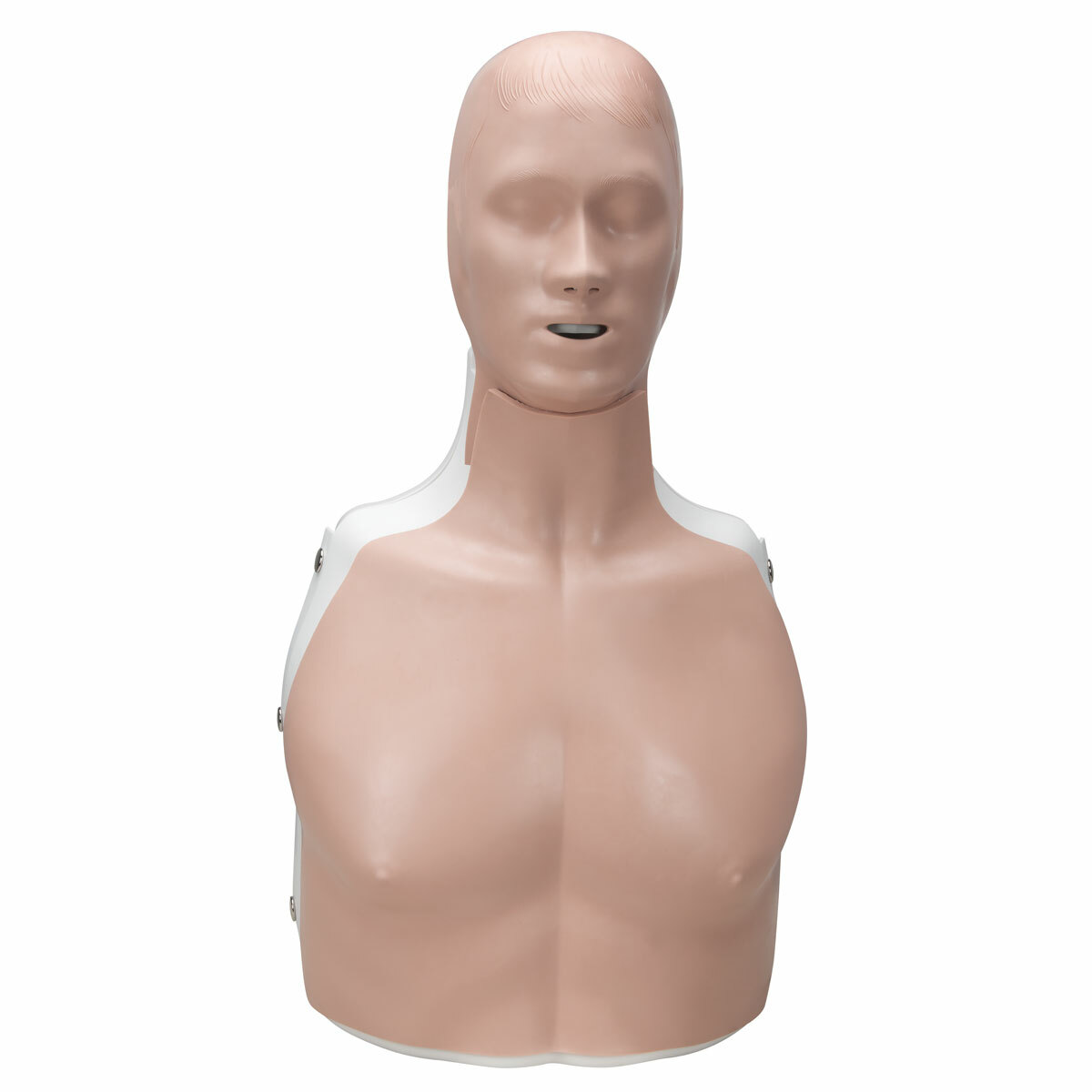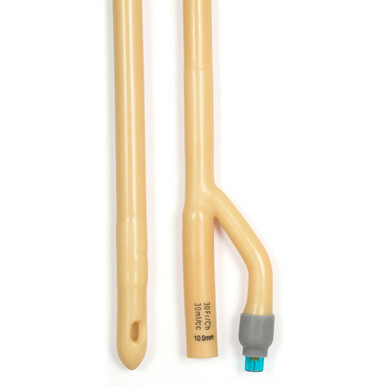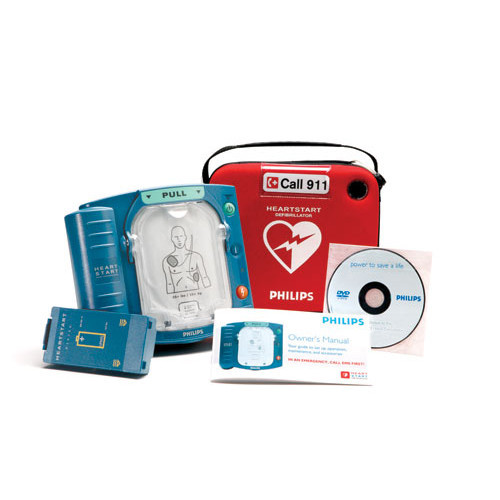Designed for the ordinary person in the extraordinary moment, Philips HeartStart HS1 AED is ready to act and virtually ready to go. It allows anyone with little or no training to treat the most common cause of suspected sudden cardiac arrest (SCA) by delivering a shock quickly and effectively, wherever SCA happens. The HS1 AED provides practically real-time guidance through step-by-step voice commands from pad placement to performing CPR. When every minute counts, Philips HeartStart HS1 AED is the partner by your side. Side by side. Step by step.
Ready to act. Ready to go.
Start quickly. Treat confidently.
Easy as 1-2-3
Specifications
-
Battery Type - 9 volt DC, 4.2 Ah, composed of disposable long-life lithium manganese dioxide primary cells
Capacity - Minimum 200 shocks or 4 hours of operating time (EN60601-2-4:2003)
Install-by Date - Battery is labeled with an install-by date of at least five years from date of manufacture
Standby Life - Four years typical when battery is installed by the install-by date. (Will power the AED in standby state within the specified Standby Temperature range, assuming one battery insertion test and no defibrillation uses)
-
-
Product Specifications Kit Contents - Defibrillator, battery (one, pre-installed), SMART Pads (one set, pre-installed), set-up/maintenance guide with expiration date tags, owner's manual, quick reference guide
Waveform - SMART Truncated exponential biphasic. Waveform parameters adjusted as a function of patient impedance
Defibrillation peak current - Adult - 32 A (150 J nominal) into a 50 ohm load
Defibrillation peak current - Pediatric - 19 A (50 J nominal) into a 50 ohm load (using optional infant/child SMART Pads Cartridge)
Shock-to-Shock Cycle Time - Typically less than 20 seconds between shocks in a series
Quick Shock - Able to deliver a shock after the end of a CPR interval, typically in eight seconds
Voice Instructions - Detailed voice messages guide responder through use of the defibrillator
CPR Guidance - Instructions for adult and infant/child CPR available at user selection
Shock Delivery - Via adhesive pads placed on patient's bare skin as illustrated on pads
Controls - Green SMART Pads cartridge handle, green On/Off button, blue i-button, orange Shock button
Indicators - Ready light, blue i-button, caution light
-
-
Environmental/Physical Requirements Standby Temperature - 0 - 43 °C (32 - 109 °F)
Operating Humidity - 0 to 95 % relative humidity (non-condensing)
Standby Humidity - 0 to 75 % relative humidity (non-condensing)
Standby Altitude - > 48 hours from 0 to 8,500 ft and <48 hours from 8,500 to 15,000 ft
EMI (Radiated/Immunity) - Meets EN55011 Group 1 Level B Class B and EN61000-4-3
-
-
SMART Pads Energy delivered - Adult: nominal 150 joules into a 50 ohm load; Infant/Child: nominal 50 joules into a 50 ohm load
How Supplied - Disposable cartridge, containing adhesive defibrillation pads, clicks into defibrillator for an integrated pads solution
Active Surface Area - 85 cm² (13.2 in²) each
Cable Length - Adult pads: 137 cm (54"); Infant/Child pads: 102 cm (40")
Use-by Date - Cartridge is labeled with a use-by date of at least two years from date of manufacture
Training pads (optional) - Special pads put HeartStart into training mode and disable its energy delivery capability. Training pads feature 8 real-world training scripts. Use with training mat (included) or with adapters on manikins
-
-
Environmental/Physical Requirements Sealing - Solid objects per EN60529 class IP2X; Drip-proof per EN60529 class IPX1
Operating Temperature - 0 - 50 °C (32 - 122 °F)
Operating Altitude - 0 to 4,500 m (0 to 15,000 ft)
Shock/Drop Abuse Tolerance - Withstands 1 meter drop to any edge, corner, or surface
Vibration - Meets EN1789 random and swept sine, road ambulance specification in operating and standby states
-
-
Automated and User-activated Self-tests Daily Automatic Self-tests - Tests internal circuitry, waveform delivery system, pads cartridge, and battery capacity
Pads Integrity Test - Specifically tests readiness-for-use of pads (gel moisture)
Battery Insertion Test - Upon battery insertion, extensive automatic self-tests and user-interactive tests check device readiness
Status Indicator - Blinking green "Ready" light indicates ready for use. Audible "chirp" indicates need for maintenance
-
-
Data Recording and Transmission Infrared - Wireless transmission of event data to a PC or Palm PDA, using the IrDA protocol
Data Stored - First 15 minutes of ECG and the entire incident's events and analysis decisions
The HeartStart HS1 OnSite Defibrillator Kits offer a complete solution for rapid response to sudden cardiac arrest emergencies. Designed with simplicity and effectiveness in mind, the HS1 is an easy-to-use, fully automatic defibrillator that guides users through every step with clear voice instructions and visual prompts, making it ideal for use by both trained responders and laypersons.
Each kit includes the essential components needed for immediate life-saving intervention, such as the HeartStart HS1 defibrillator unit, SMART Pads for quick and painless application, a battery pack for reliable power, and a convenient carrying case for easy portability and protection.
Engineered for reliability and durability, the HS1 defibrillator is lightweight and compact, allowing for quick deployment in workplaces, schools, public spaces, or at home. Its intuitive design and rapid shock delivery capability ensure minimal delay during critical moments.
With regular self-tests and status indicators, the HeartStart HS1 keeps you assured that it’s always ready for use. This defibrillator kit supports early defibrillation, which greatly increases survival chances in cardiac emergencies, making it an essential part of any emergency preparedness plan.
-



